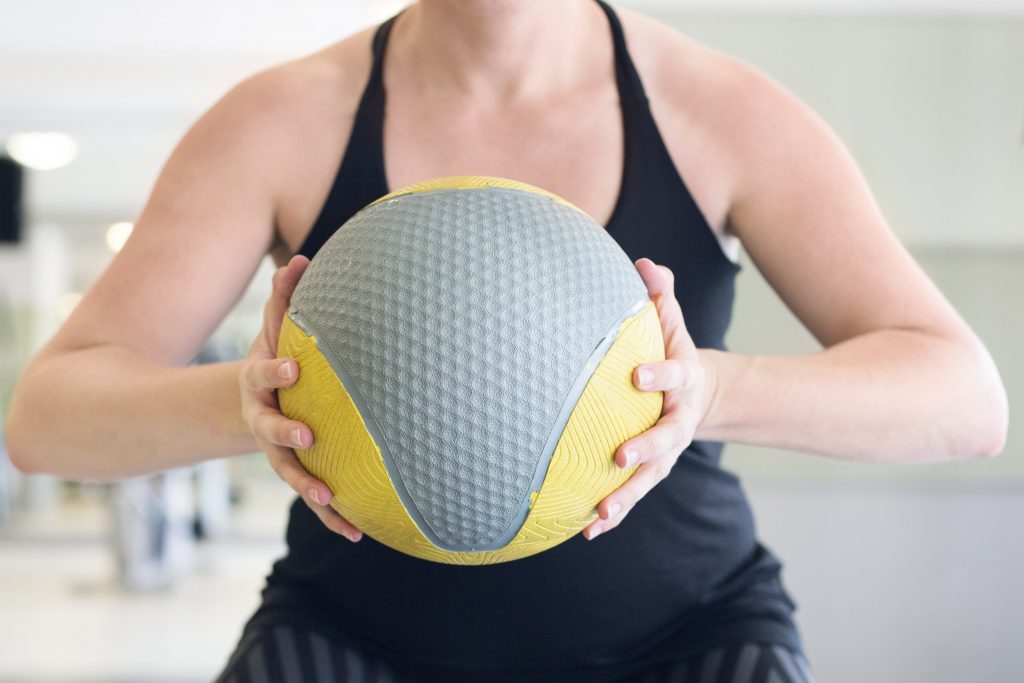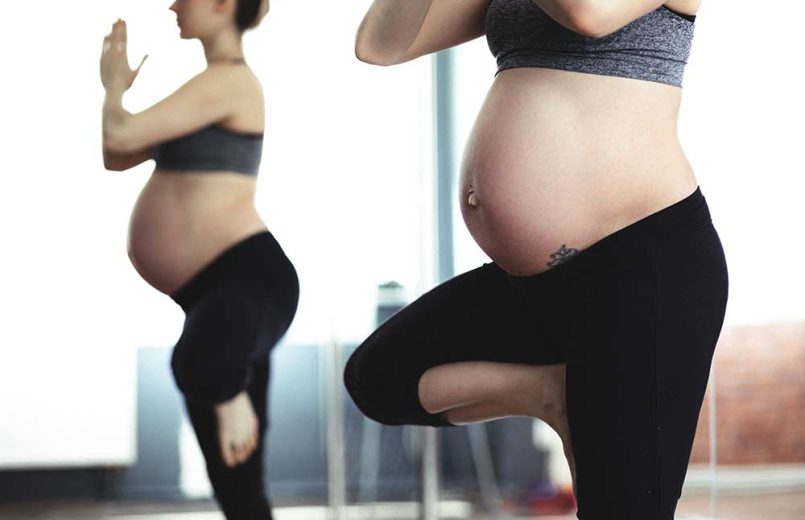Every day there is more physiotherapist in Dwarka specialized in treating pelvic floor conditions, perhaps as a result of increased awareness of the importance of strengthening this set of ligaments and muscles.
The main function of the pelvic floor is to keep and hold the bladder, uterus, and rectum in the proper position, against the force of gravity. Hence the essential care of this structure to prevent and improve conditions that can become conditions of the quality of life of a good number of people. Despite this, we still have a long way to go to match some of the countries that are more advanced in this area.
The weakening of the pelvic floor can have different consequences: prolapse of abdominal viscera, sexual dysfunctions or fecal and urinary incontinence, suffered in our country by 45% of women throughout their lives, but, why this weakening?
The causes are multiple and disparate. Genetic factors come into play – 2 out of 10 women have inherited dysfunction – bad habits such as holding urine regularly, obesity, age, practicing certain impact sports or pregnancy. We will focus on the latter, since it is precisely at this stage that the female structure suffers from the greater intensity, making it essential to take care and exercise in a conscious way the pelvic muscles. It is also here where the figure of the physiotherapist acquires an important role, supervising and guiding the steps of future mothers.
Benefits of Pelvic Floor Work
The benefits of pelvic floor work during maternity are many: avoid urinary incontinence typical of this stage; prevents the prolapse of the uterus, bladder or other related organs; or decreases the possibility of tears, facilitating recovery after childbirth.
What kind of exercises are recommended?
There are different options, the most famous, Kegel exercises. These exercises developed in the 40s were named after Dr. Arnold Kegel. Their discovery was a before and after for women suffering from urinary incontinence after childbirth since previously, they could only go to surgical techniques of different results. Currently, they are used to prevent and cope with any condition in both pregnancy and childbirth and postpartum.
The effectiveness of the exercises depends largely on the perseverance and discipline with which they are carried out, as well as their good practice. It is not easy to differentiate the pelvic floor muscles, hence the first step is to locate it. The results of this technique are achieved with some patience but they are positive.

Some exercises to strengthen the pelvic floor:
The slow and fast: The first is to contract the muscles, such as stopping the urine, and relax them, 5 seconds at each step. The fast, meanwhile, would be done in the same way, but more dynamically for a couple of minutes, reaching 50 repetitions. Breathing is important in both scenarios.
The elevator: Considering the vagina a tube with ring-shaped sections one above the other, consists of tensioning each of these sections independently as properly as an elevator climbs floors. It requires concentration, but it is one of the most effective.
The wave: Some muscles form rings around the urethra, vagina, and anus. The exercise consists of stressing them and relaxing them from front to back and vice versa.
Although these exercises are the best known, there are also other techniques that tone and shape the pelvic floor muscles and abdominal area. One of them is yoga or pilates.
In short, the conditions derived from the weakening of the pelvic floor pose serious social problems, sometimes with psychological consequences. In the maternity stage, the good health of the pelvic structure acquires an important nuance, since it depends on a rapid recovery or a more bearable delivery. A multidisciplinary approach is essential in this field, in which different specialists, including physiotherapist in Janakpuri, face together both the prevention and treatment of these types of conditions, every day more visible and normalized.

